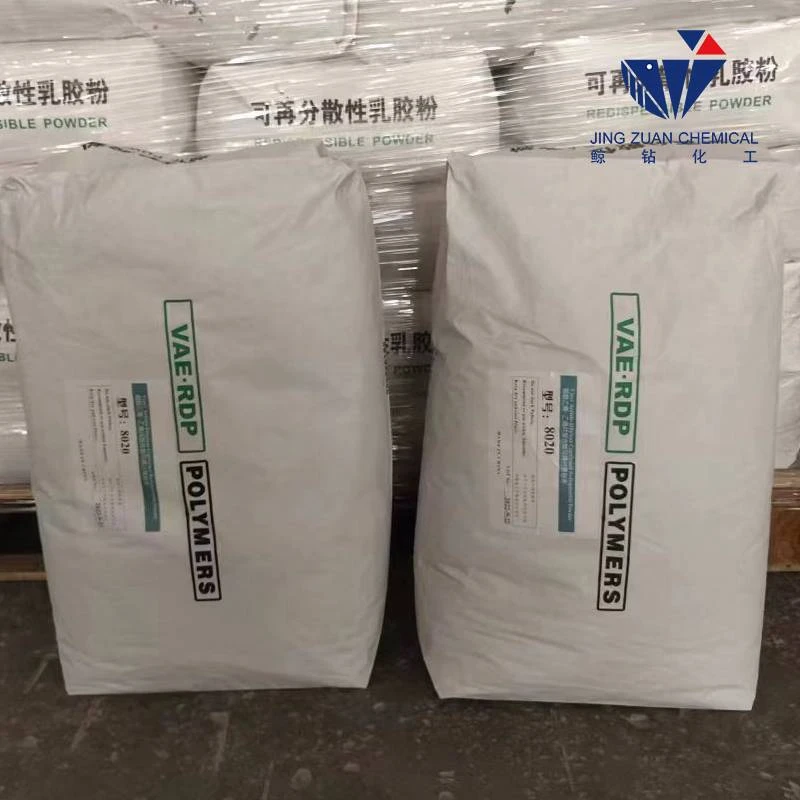
Dec . 09, 2024 17:26 Back to list
Innovative Solutions for HPMC-Based Products in Various Industries
The Rise of HPMC Products Revolutionizing Industries with Hydroxypropyl Methylcellulose
Hydroxypropyl methylcellulose (HPMC) is a versatile and widely used cellulose ether that has garnered considerable attention across various industries for its remarkable properties and applications. Recognized for its unique characteristics, HPMC products are now an essential ingredient in pharmaceuticals, food, construction, and personal care products, revolutionizing the way these industries operate.
HPMC is a synthetic polymer derived from cellulose, a natural polymer found in plant cell walls. Its chemical modification results in a compound that is soluble in both cold and hot water, making it an ideal thickening, binding, and film-forming agent. This solubility, combined with its non-toxic and hypoallergenic nature, makes HPMC safe for use in food and pharmaceutical applications.
The Rise of HPMC Products Revolutionizing Industries with Hydroxypropyl Methylcellulose
The food industry has also embraced HPMC for its functional properties. It is commonly used as a thickener, stabilizer, and emulsifier, contributing to the texture and mouthfeel of a variety of products, including sauces, dressings, and baked goods. The use of HPMC as a fat replacer has gained popularity as well, especially in reduced-fat and low-calorie products, enabling manufacturers to produce healthier options without compromising on taste or texture. Furthermore, HPMC is often utilized in gluten-free formulations, where it acts as a binding agent, helping to simulate the elasticity typically provided by gluten.
hpmc products

In construction, HPMC products serve as essential additives in cement and mortar. They improve workability, extend open time, and enhance adhesion, making construction processes more efficient. HPMC also contributes to water retention in mortars and plasters, ensuring that these materials maintain their optimal performance during application and curing. The growing trend of sustainable building practices has further propelled the demand for HPMC as a green alternative to traditional construction additives.
The personal care industry has not been left behind in the HPMC revolution. It is used in a wide range of cosmetics and personal care formulations, including shampoos, conditioners, lotions, and creams. HPMC’s film-forming properties help create a smooth texture and improve the spreadability of these products. Additionally, HPMC can enhance the moisturizing properties of lotions and creams by forming a barrier on the skin, keeping it hydrated without causing greasiness. Its non-irritating nature makes it suitable for sensitive skin formulations, further expanding its appeal to consumers.
The global demand for HPMC products has been on the rise, driven by the increasing emphasis on health, wellness, and product efficacy across multiple markets. As consumers continue to seek out safer, more effective, and environmentally friendly products, HPMC will likely play a vital role in meeting these expectations.
In conclusion, HPMC products have established themselves as indispensable components across various industries, enhancing performance, safety, and sustainability. As innovation continues within the HPMC space, the potential for new applications and formulations will only broaden, solidifying its place as a cornerstone in modern manufacturing practices. The future of industries leveraging HPMC looks bright, indicating a continued upward trajectory for this remarkable compound.
-
Versatile Hpmc Uses in Different Industries
NewsJun.19,2025
-
Redispersible Powder's Role in Enhancing Durability of Construction Products
NewsJun.19,2025
-
Hydroxyethyl Cellulose Applications Driving Green Industrial Processes
NewsJun.19,2025
-
Exploring Different Redispersible Polymer Powder
NewsJun.19,2025
-
Choosing the Right Mortar Bonding Agent
NewsJun.19,2025
-
Applications and Significance of China Hpmc in Modern Industries
NewsJun.19,2025







